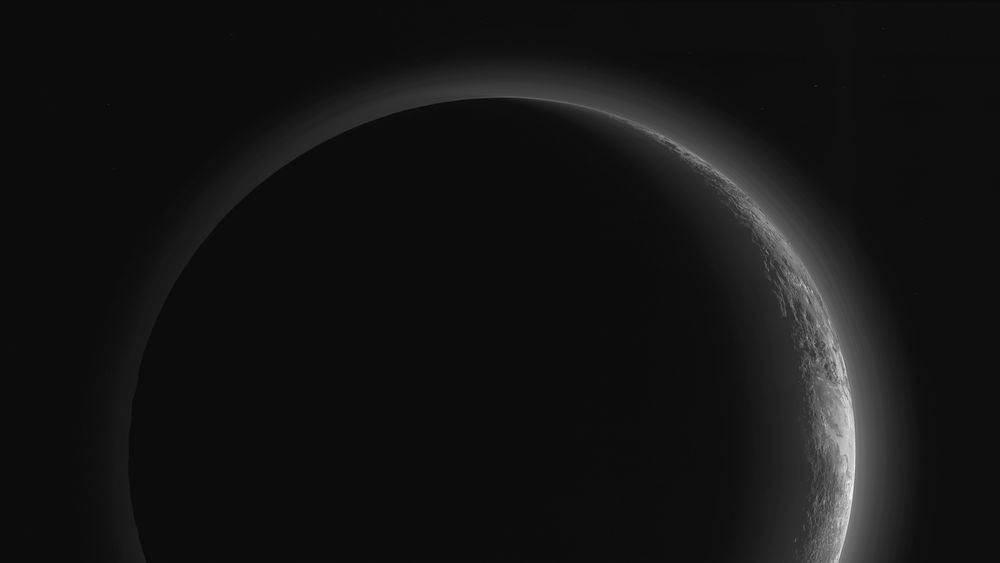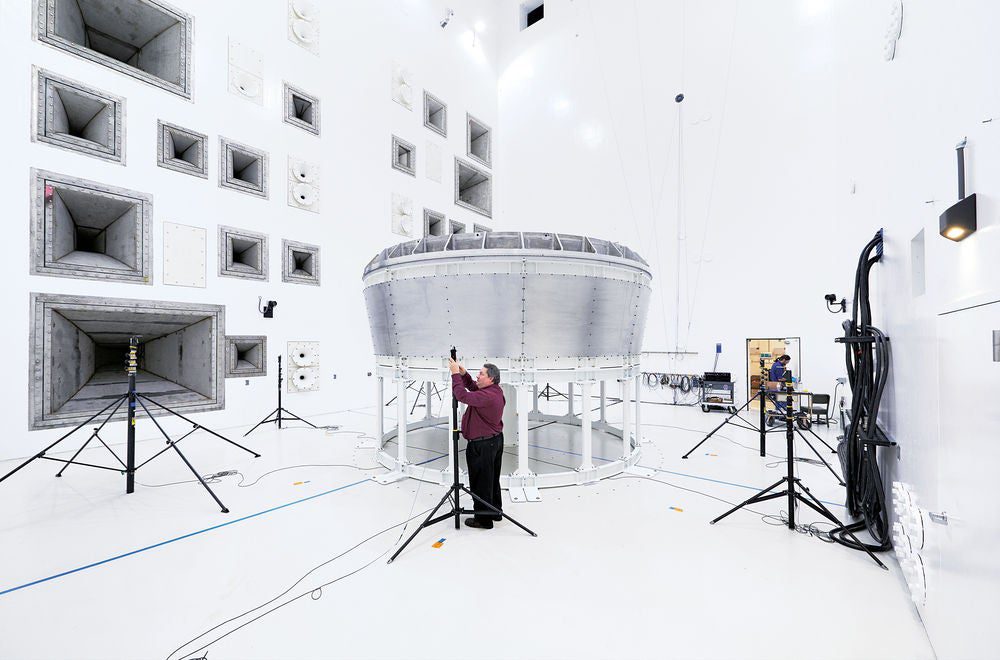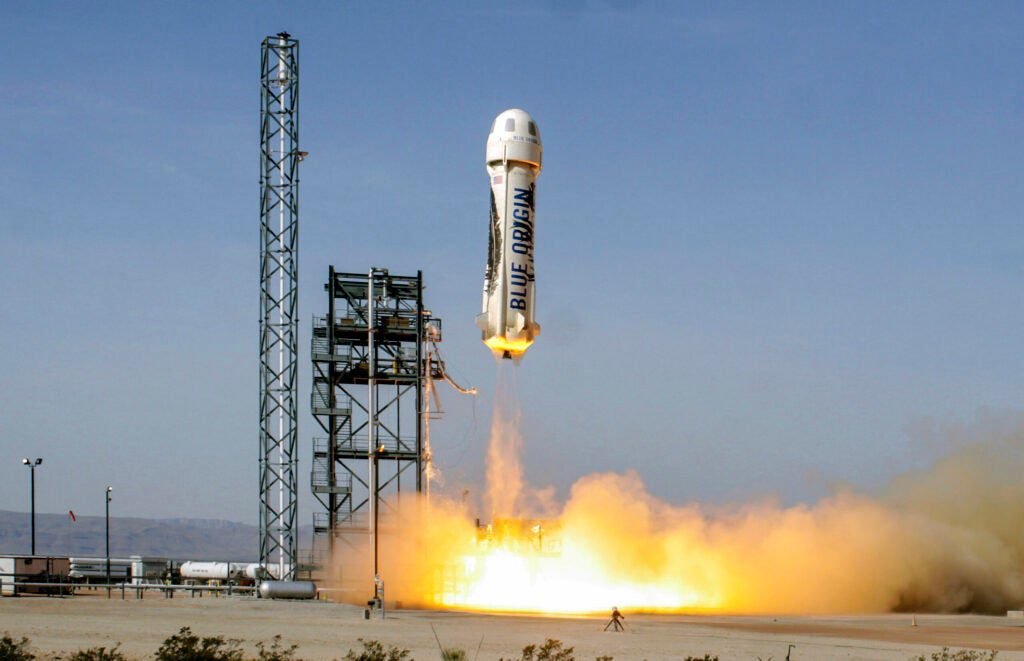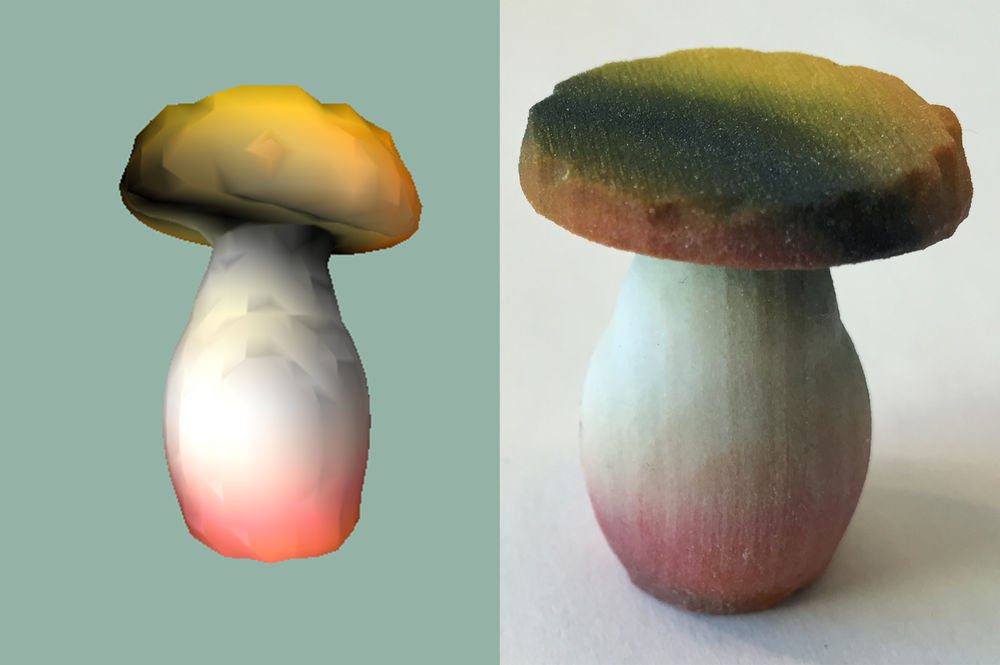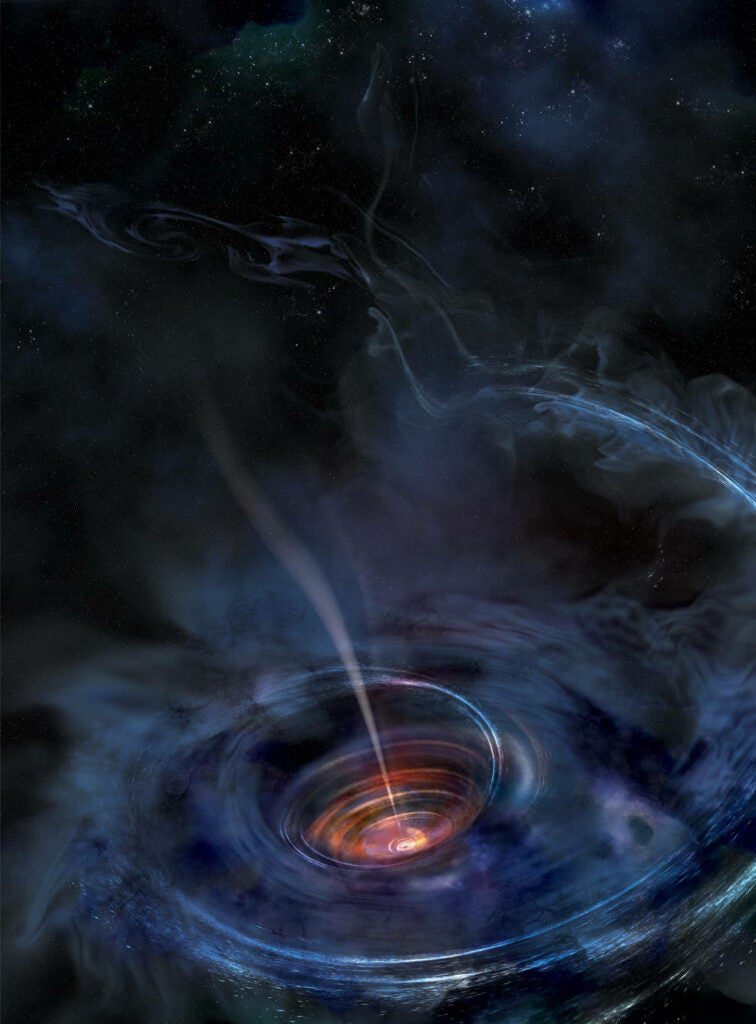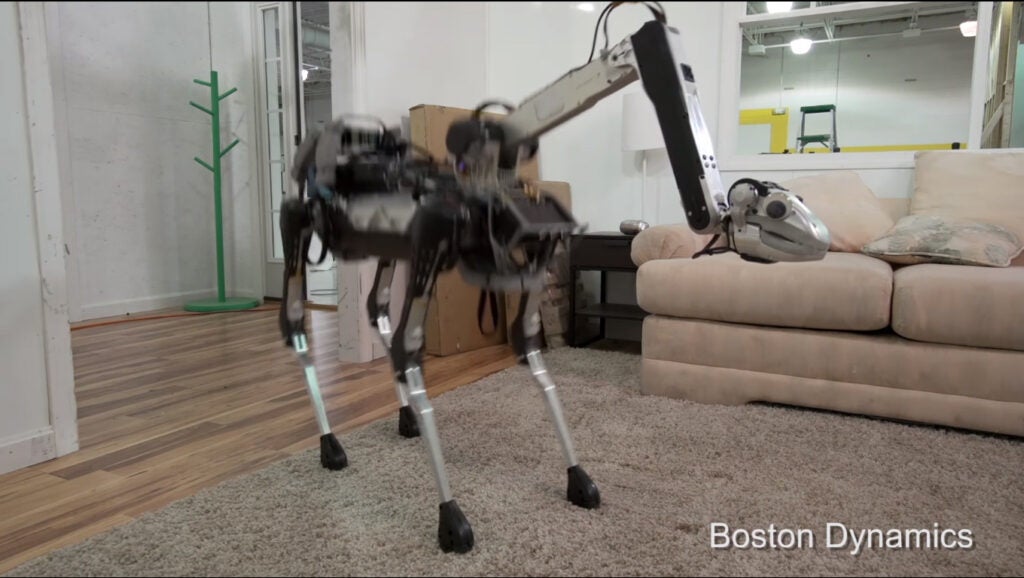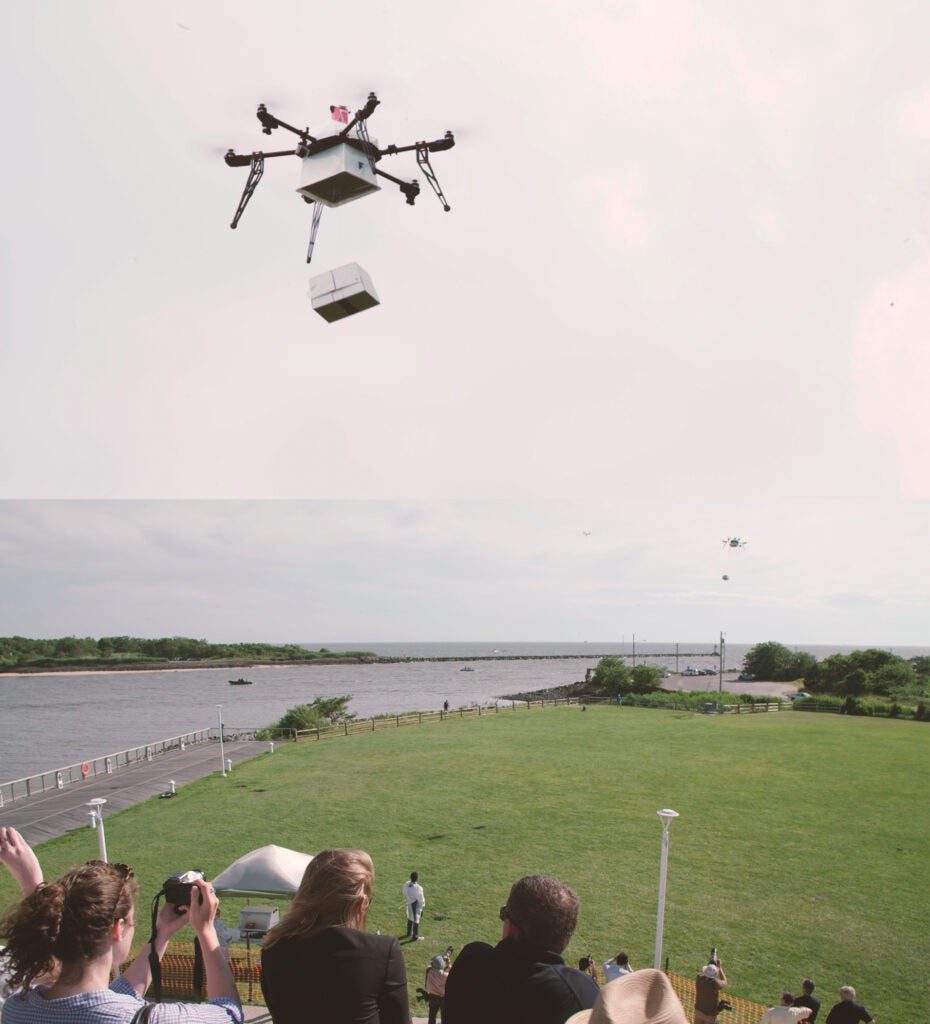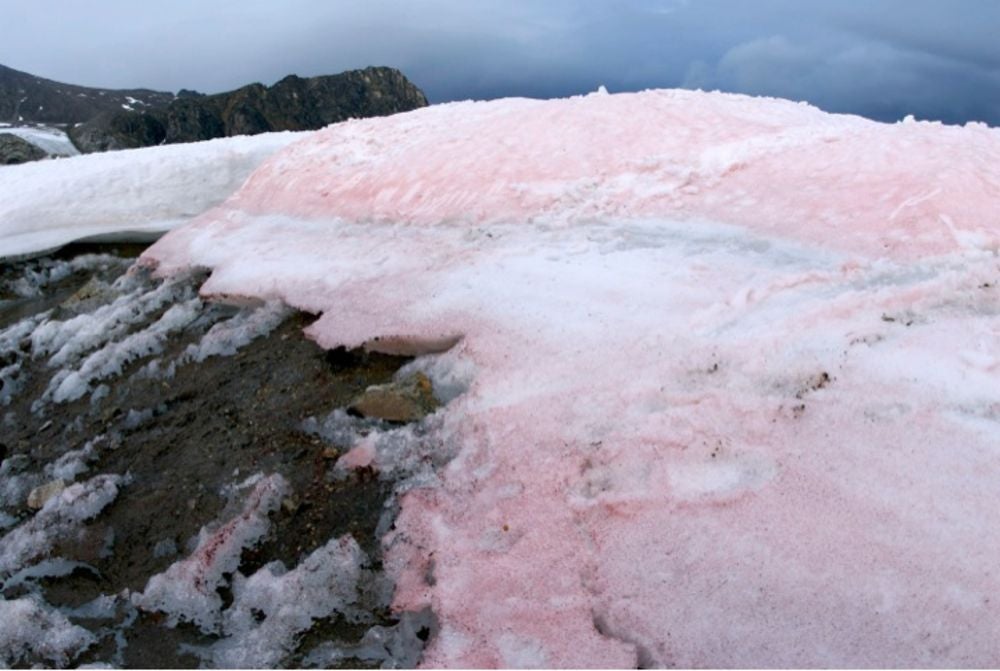Pluto’s Underground Ocean
In a paper out this week in the journal Geophysical Research Letters, scientists described some unusual features on Pluto that might point to a hidden underground ocean. The scientists noticed that some pictures of Pluto showed certain geographical features that occur only when the surface of the planet expands as a result of water expanding when it turns into ice. But if the water were to have completely frozen, then they would have also seen signs that the surface had contracted, which they didn’t–making the scientists think that Pluto might have an unfrozen ocean under its surface.
The Capsule That Will Take Us To Mars
With the $18 billion Orion program, NASA scientists are working hard to create a capsule and rocket that could one day carry humans to Mars. NASA offered Popular Science an exclusive first look inside its facilities to see the progress thus far. In the above image, engineers check the Orion capsule’s structural integrity by blasting it with high decibels of noise while inside an acoustic chamber. Check out the rest of our tour here.
Live From West Texas, The Blue Origin Rocket Took Off
For the first time, private space company Blue Origin, owned and funded by Amazon billionaire Jeff Bezos, broadcast its launch using a live webcast. Its reusable rocket, the New Shepard, successfully took off on Sunday for the fourth time, allowing viewers from around the world to watch. Both the capsule and rocket landed successfully. Importantly, the capsule landed safely despite the fact that the crew intentionally caused a parachute to fail, to see how that would affect the landing. Read and watch more here.
A Laser-Lit, Do-It-Yourself Phantom Limb
James Young is determined to create the ultimate phantom limb. After losing his arm and leg in an accident four years ago, the now 26-year-old created a decked-out limb that is Bluetooth-enabled, can fly a drone, and has a torch. He talked to Popular Science about how his experiences turned him into a maker.
Art, By Artificial Intelligence
What defines an artist? Joel Lehman, a researcher at the IT University of Copenhagen, wanted to know if he could combine the power of deep neural networks (DNN) and and an evolutionary algorithm (a mechanism that mimics natural selection) to design an A.I. that could sculpt. Above is a 3D model and a real-world 3D print of the A.I.’s mushroom sculpture. Lehman is most fascinated by the A.I.’s evolutionary process: being able to learn from its mistakes and improve.
Flying On Sunshine
This week, the Solar Impulse 2 became the first plane, powered only by the sun, to cross the Atlantic. The flight time was 71 hours and 8 minutes. The flight showed that solar power and other zero-emission technologies can be a sufficient alternative to fossil fuels.
A Black Hole Shredding A Star
Black holes are still largely a mystery, but researchers were able to use a unique method to study them. By analyzing x-ray flares that bounce off the inside of a black hole, scientists were better able to understand what’s going on inside of it as it’s shredding a star. Read more about that process here.
SpotMini, The Friendly Dog-bot
Boston Dynamics, the robotic company that used to be owned by Google, came out with its latest bot: an adorable multifunctional robot that can climb stairs, provide beverages, and even do your dishes. If knocked down, it can also pick itself back up using a mechanical arm on its back. Check it out here.
Drone Delivers Package From Ship To Shore
In a first, a drone successfully took medical supplies from land, flew to a ship to drop off its precious, potentially life-saving cargo, and flew back to shore. The company behind this mission, Flirtey, wants this service to become a regular thing, to improve medical help for coastal disasters.
